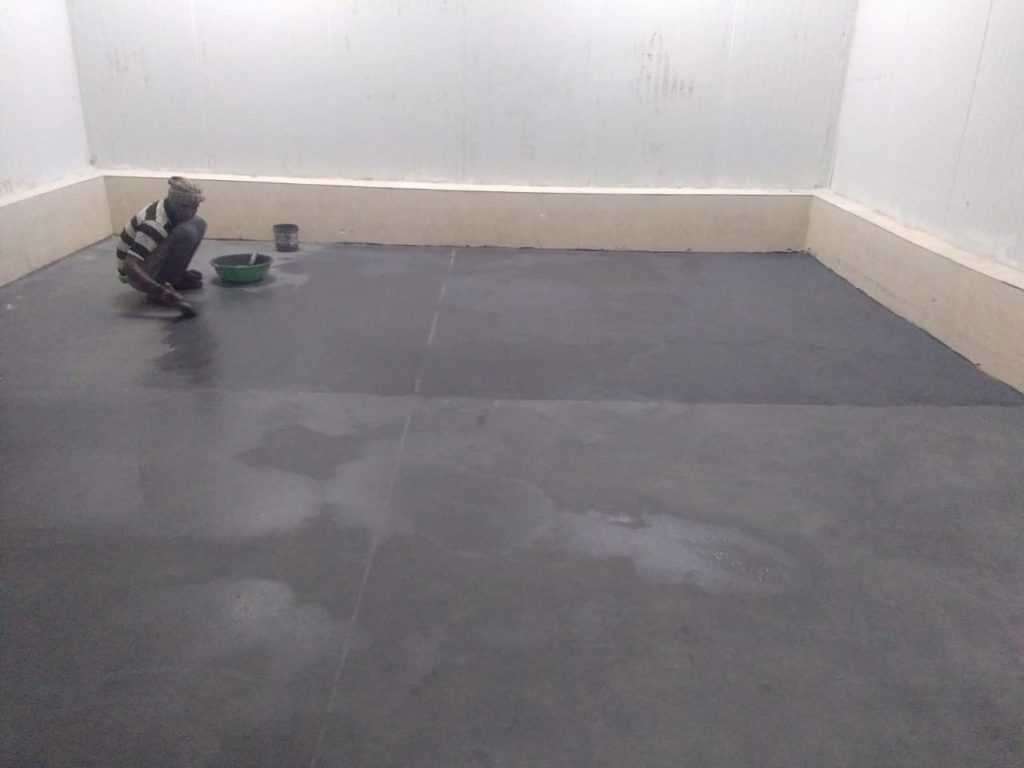How to repair cracks in concrete Surfaces?
One of the major problems faced by the civil engineer are How to repair cracks in concrete Surfaces, for you all now you don’t have to take tension just follow the steps provided below to get your problem solved.
How to Repair Honeycomb in Concrete Surface?
Immediately after the shuttering is removed, the surface of concrete shall be very carefully inspected and all defective areas called to the attention of Engineer who may permit patching of the defective areas or also reject the concrete unit either partially or entirely.
How to Repair Concrete Surfaces
Rejected concrete shall be removed and replaced, Holes left by from bolts etc. Shall be filled up and made good with mortar composed of one part of cement to one and half parts of sand passing 2.36 mm IS sieve after removing any loose stones adhering to the concrete shall be finished as described under the particular items of work.
Video on How to repair cracks in concrete Surfaces?
Superficial honey combed surfaces and rough patches shall be similarly made good immediately after removal of shuttering in the presence of Engineer and superficial water and air holes shall be filled in. The mortar shall be well worked into the surface with a wooden float. Excess water shall be avoided. Unless instructed otherwise by Engineer the surface of the exposed concrete placed against shuttering shall be rubbed down immediately on removal of shuttering to remove fine or other irregularities and necessary care being taken to avoid damage to the surface. Surface irregularities shall be removed by grinding.
How to repair honeycomb in concrete surface at column beam joints?
If reinforcement is exposed or the honeycombing occurs at vulnerable positions e.g. ends of beams or columns it may be necessary to cut out the member completely or in part and reconstruct. The decision of Engineer shall be final in this regard. If only patching is necessary, the defective concrete shall be cut out till solid concrete is reached (or to a minimum depth of 25mm) the edges being cut perpendicular to the affected surface or with small undercut if possible. Anchors, tees or dovetail slots shall be provided whenever necessary to attach the new concrete securely in place an area extending several centimetres beyond the edges and the surfaces of the prepared voids shall be saturated with water for 24 hours immediately before the patching material is placed.
How to Repair Concrete Cracks Using Epoxy
The use of epoxy for bonding fresh concrete used for repairs will be permitted upon approval of Engineer. Epoxy shall be applied in strict accordance with the instructions of the manufacturer.
How to Repair Small Cracks in Concrete
Small size holes having surface dimensions about equal to the depth of the hole, holes left after removal of form bottom, grout insert holes and slots cut for repair of cracks shall be repaired as follows. The hole to be patched shall be roughened and thoroughly soaked with clean water until absorption stops. A 5mm thick layer of grout of equal parts of cement and sand shall be well brushed into the surface to be patched, followed immediately by the patching concrete, which shall be well consolidated with a wooden float. The concrete patch shall be built up in 10 mm thick layers. After an hour or more, depending upon weather conditions, it shall be worked off flush with a wooden float and smooth finish obtained by wiping with Hessian; a steel trowel shall be used for this purpose. The mix for patching shall be of same material and in the same proportions as that used in the concrete being repaired, although some reduction in the maximum size of the coarse aggregates may be necessary and the mix shall be kept as dry as possible.
How to Repair Large Cracks in Concrete
Mortar filling by air pressure (guniting) shall be used for repairing of areas too large and/or too shallow for patching with mortar. Patched surfaces shall be given a final treatment to match the colour and texture of the surrounding concrete. While cement shall be substituted for ordinary cement, if so directed by Engineer, to match the shade of the patch with original concrete.
The patched area shall be covered immediately with an approved non-staining water saturated material such as gunny bag which shall be kept continuously wet and protected against sun and wind for a period of 24 hours. Thereafter, the patched area shall be kept wet continuously by fine spray of sprinkling for not less than 10 days.
How to Repair Concrete Cracks Using grout
Any cavity in the element or water pass through a joint, the affected area shall be grouted with an approved means as approved by the Engineer. This will not however applicable to any defect which is in case established during testing. There are many grouts available in the market that can be used for the grouting of holes such as sikka, krystol etc.

All materials, procedures and operations used in the repairing of concrete and also the finished repair work should be approved by the Engineer.

All fillings shall be tightly bonded to the concrete and shall be sound, free from shrinkage cracks after the fillings have been cured and finished.
Leave a Reply